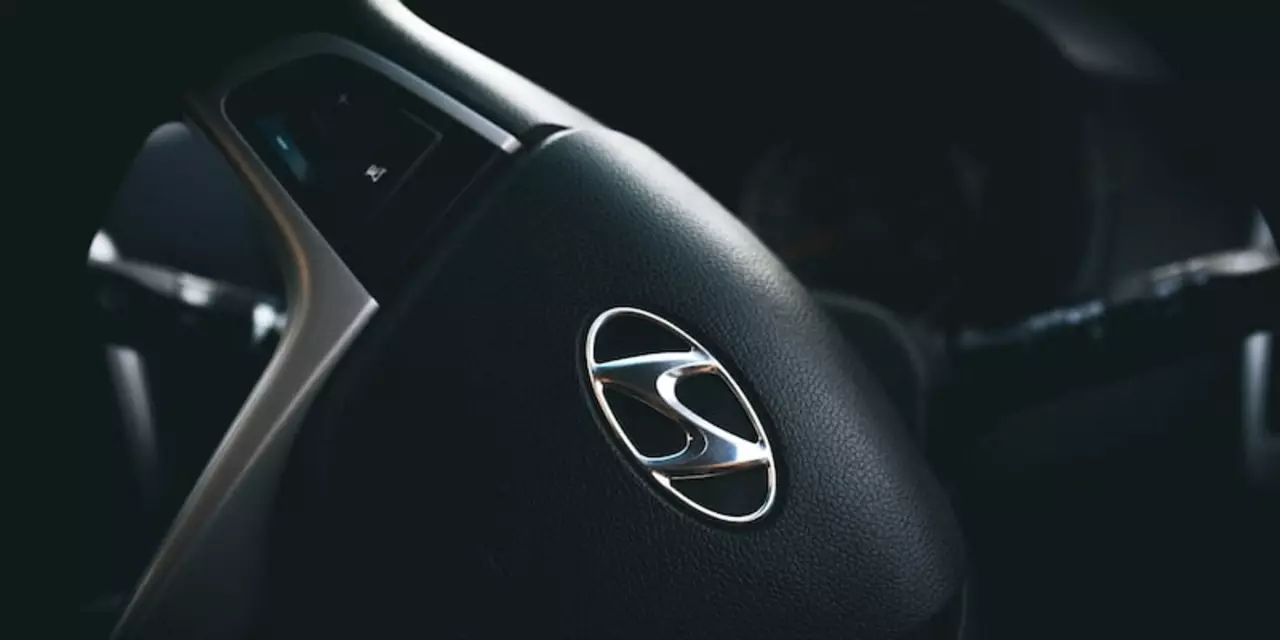Decades: A Quick Look at How Each Era Shaped Cars and Culture
Ever wonder why a 1970s muscle car feels so different from a 2020s electric SUV? The answer lies in the decade it was built. Every ten‑year stretch brings new tech, new style, and new attitudes. On this page we’ll walk through the big changes that defined each era, so you can spot the trends the next time you see an old photo or a fresh release.
70s & 80s – Power, Flair, and the Birth of the Supercar
The 1970s were all about raw power. V8 engines roared, big wheels turned heads, and car makers weren’t shy about big shoulder pads on their designs. Think classic Mustangs, Chevrolet Camaros, and the first Porsche 911 variants. In the 80s the focus shifted to flash. Turbochargers, neon colors, and digital dashboards made every ride feel like a movie set. It was also the decade that saw the first supercars – the Ferrari Testarossa and Lamborghini Countach – turning heads on streets and in magazines.
90s to 2010s – Efficiency, Safety, and the Rise of Technology
The 1990s introduced a new priority: fuel efficiency. With oil prices spiking, manufacturers started making smaller, lighter cars that still felt fast. The Toyota Prius debuted, kicking off the hybrid wave. By the 2000s, safety tech exploded – airbags, anti‑lock brakes, and stability control became standard. The 2010s took things digital: touchscreen infotainment, driver‑assist features, and the first mass‑market electric cars like the Nissan Leaf and early Tesla Model S.
Each decade didn’t just change how cars look; it changed how we drive them. In the 70s you’d hear the engine roar, in the 80s you’d feel the adrenaline of turbo lag, in the 90s you’d hear the subtle hum of a hybrid, and today you might barely notice the engine at all because the focus is on silent acceleration and connectivity.
Our tag page pulls together stories that span these eras. Want to know which fees you can ditch when buying a new car? That tip fits right into the 2020s mindset of cutting waste. Curious about why cutting springs can hurt your ride? That’s a classic 80s‑era shortcut that still shows up today. Even the climate reset ideas of today echo the 70s oil crisis mindset, showing how history repeats itself.
Looking back helps you make smarter choices now. If you love the raw feel of a classic, you’ll know what to look for in a restoration project. If you prefer a slick, tech‑packed ride, the 2010s and beyond have plenty of options. And if you’re debating whether to test drive a car before buying, the advice stays the same across decades: spend enough time behind the wheel to feel the car’s personality.Bottom line: every ten‑year chunk leaves a fingerprint on the auto world. By understanding those fingerprints, you can appreciate the past and spot the next big thing before it hits the road. Keep scrolling through our posts to see how each decade is represented in car news, buying tips, and even pop‑culture references. It’s a fun way to see how far we’ve come and where we might be heading next.
Which car brand has changed the most in the last decades?
Car brands have evolved significantly in the past few decades due to advances in technology, changing consumer demands, and environmental regulations. Many car manufacturers have embraced this evolution and have adapted to the changing times. This has resulted in cars that are more efficient, comfortable, and stylish. Some brands have taken this evolution even further by introducing new features, such as autonomous driving and electric vehicles. While some car brands have stayed the same, others have transformed drastically, making them unrecognizable from their original models. Ultimately, it is clear that car brands have changed significantly in the last few decades, and this evolution will likely continue in the future.
